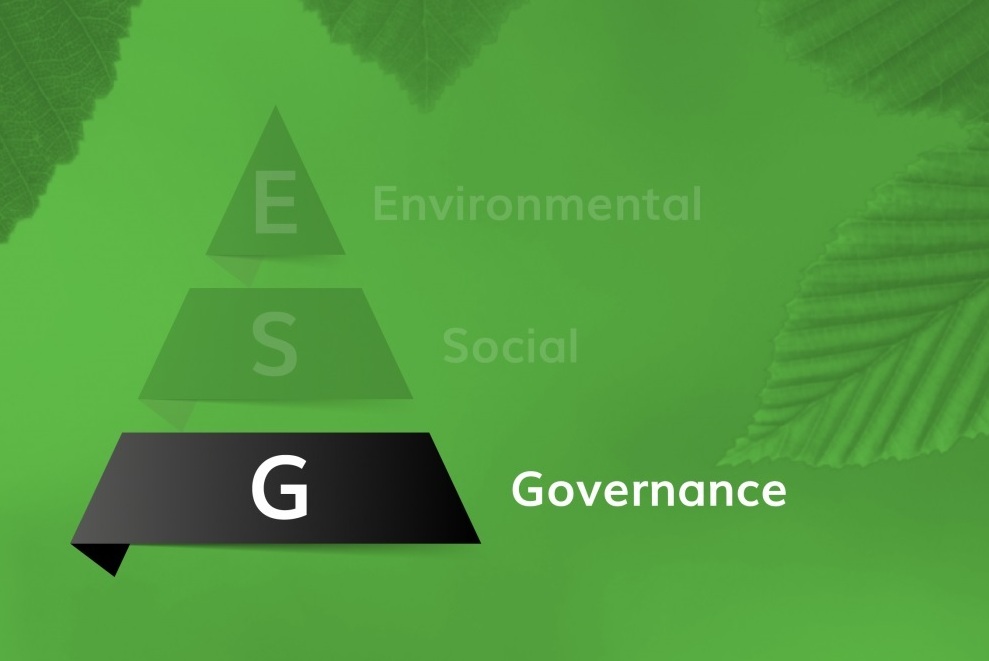In recent years, the concept of responsible investing has gained significant traction globally. Investors these days increasingly consider an organisation’s ESG score alongside their financial returns. Simply put, ESG stands for Environmental, Social, and Governance. The framework goes beyond the idea of just mapping the financial metrics of an organisation to evaluate its investment potential.ESGis a set of criteria that are used by investors as well as other stakeholders of a company to assess itsperformance and impact based on the three factors of environment, social, and governance. Here’s a breakdown of each component:
- Environmental: The Environmental factor, which we will discuss in detail ahead, focuses on anorganisation’s impact on the environment. So, it may be used to measure the carbon footprint of the company, its energy efficiency, waste management practices, and even its efforts towards the conservation of resources. There are many ways an investor can assess this factor. They can check if the company has takenany steps to minimise its risks from the environment or even capitalisefrom opportunities related to sustainability.
- Social: The Social factor of ESG explores the company’s relationships with its stakeholders, such asshareholders, employees, customers, suppliers, and society at large. It includes evaluating the organisation’s labour practices, how it has implemented Diversity, Equity and Inclusion (DE&I) guidelines, the safety and impact of its products, its engagement with its community, and alsoits philanthropicactivities.
- Governance: Governance as a factor of ESG refers to the systems and structures that oversee and guide an organisation’scorporate behaviour. It includes factors such as the composition of the board in terms of diversity, rights of shareholders, transparency, and to what extent it adheres to legal as well as government regulatory requirements.
While the ‘E’ in ESG stands for environmental, its significance and implications are oftenmisunderstood. Read ahead to understand what it actually means in the context of ESG, its importance, and how it impacts investment decisions.
What is the ‘E’ in ESG?
As discussed above, the ‘E’ in ESG represents environmental factors. It includes a range of factors related to a company’s impact on the environment. Some of these factors are:
- Efforts Towards Mitigating Climate Change: The most important factor to consider in the current times is definitely climate change. This involves assessing the company’s greenhouse gas emissions, the extent of its renewability, and other actions like laying out a plan to achieve its net zero targets that may help in mitigating climate-related risks. For example, many companies in India and abroad are trying to switch their employee taxi fleets from fuel cars to electric ones. Thisis,in fact, an example of a larger social impact, as the action of a few companies towards this end can lead a wider range of organisations to switch to electric fleets.
- Sustainable Resource Management Practices: A company’s use of natural resources such as water, forests, and minerals isa crucial environmental factor. It is important for organisations to follow resource management practices that are sustainable to ensure that vital ecosystems thrive in the long run and adequate resources are available for future generations.For example, some organisations are trying to meet their office’s energy requirements with renewable energy.By investing in renewable energy infrastructure, the companies are not only reducingtheir reliance on non-renewable resources but also contributing to the growth of the renewable energy sector.
- Pollution and Waste Management Rules: Thisinvolves evaluating an organisation’sefforts to minimise pollutionwhich it does by managingits waste responsiblyand complying with environmental regulations. For example, many companies run plastic recycling campaigns as part of their Corporate Social Responsibility (CSR) agenda. Some organisations have stringent measures in place to minimise their air and water pollution, which involves them investing in filtration systems and wastewater treatment plants. Additionally, many companies also have strict waste disposal rules and actively promote recycling initiatives among their employees.
- Conservation of Affected Biodiversity: This may be assumed a niche factor when it comes to considering a company’s environmental impact, but an increasing number of companies are actually investing towards biodiversity conservation, especially companies working in sectors such as agriculture, forestry, mining, etc. As part of their sustainability efforts, some companies implement habitat restoration projects in areas affected by their activities. Some organisations also fund and support research that helps preserve endangered flora and fauna in regions where they operate.
Environmentas an Important Factor in ESG Investing
One of the most important impacts of climate change isits push towards making the environment the centre of our decision-making processes. That is why it figures as the first factor in ESG rendering an urgency that it deserves in the plans and policies of a corporate entity and on a larger scale the government. Let’s understand this better:
Organisations worldwide need to understand that there are many risks that they may face if they don’t prioritise the environmental factor. Such risks include fines from sustainability regulatory bodies, damage to their reputation, and of course, the physical impacts of climate change seen across all their resources including human resources. Such issues can pose significant financial risks to companies. Therefore, when an investor integrates environmental factors into their investment analysis, they can better assess and mitigate the financial risks.
Another reason the environment factor is so relevant is that in the current scenariocompanies that prioritise environmental sustainability are more likely to survive and even thrive in the long term. With more information floating around, customers these days are more conscious of the environmental impacts of their purchases. Companies that neglect this changing trend may face challenges in terms of their competitiveness in the market.
Environmental degradation can have far-reaching consequences for society and the economy, including the collapse of entire ecosystems that support certain businesses. For example, the diving industry findsitself in a tightcorner because of warming sea temperatureswhich has led to coral bleaching and the disappearance of many significant marine species. The situation is the same for fishing and its allied industries. This and natural disasters can cause significant disruption of supply chains in the fishing industry. That is why it is important to invest in companies that have strong environmental practices that can contribute to a more sustainable and resilient economy.
How Do Investors InfluenceEnvironment-Centric Decision Making?
Investors are one of the most important stakeholders in an organisation. As such, they have a lot of influence over the direction of the organisation’s ESG policy.
Negative and Positive Screening: The terms negative and positive screening have always been important in financial decision-making. Within the ESG investing framework, some investors are now using negative screening to exclude companies that are involved in environmentally harmful activities such as fossil fuel extraction, deforestation, or contributing to excessive pollution. In the same way, by using positive screening,some investors focus on identifying companies that have shown a strong performance in terms of sustainability as reflected in their sustainability reports.
Push Towards Transparency and Performance: Shareholders of a company have enough influence on companies to impact their decisions. A shareholder’s engagement with a company may involve them actively encouraging the companyto improve itsenvironmental performance as well as transparency in terms of reporting. They might do this by talking directly to the companies, proposing ideas for change, and even voting on important decisions that affect the environment.

















.jpg)




